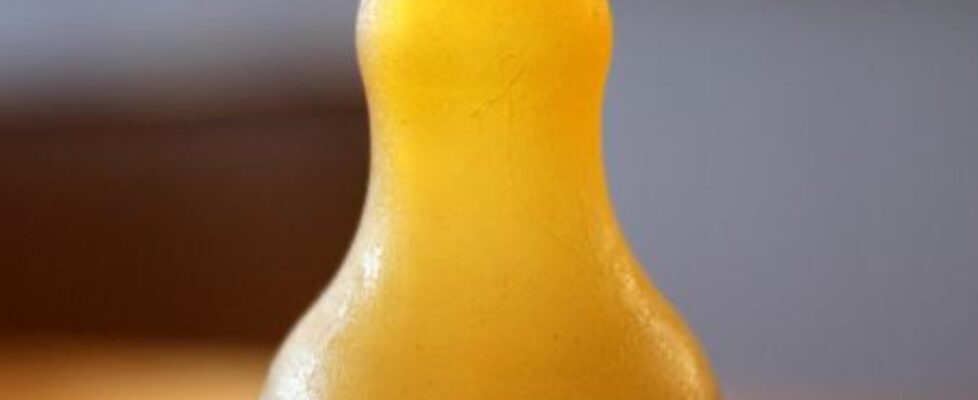How to Buy the Right Baby Bottles
Because all babies have different bottle needs and preferences, it won’t be right to put all the money in a full set of any one style before you figure out what works best for your baby. If you are confused about what to consider while buying the best baby bottles, here are some tips for you that will help you buy the right baby bottles:
1. Choose the right bottle material
While there are so many options available these days, always choose materials such as glass, stainless steel, silicone or BPA/Phthalate-free plastics. Bottles made of glass are easier to clean, harder to scratch, have a longer lifespan, and are eco-healthy. Plastic bottles are lightweight, budget-friendly, and easy to transport. Stainless steel is also an eco-healthy option that is easy to clean, recyclable and has a long lifespan. Silicone bottles are light, unbreakable, BPA-free, and soft but expensive than other materials.
2. Choosing the correct bottle nipples
Most babies are very picky when it comes preferring to bottle nipples. This means your success largely depends on the correct nipple. Pick nipples that are designed closest to a mother’s nipple. A nipple based on this principle will reduce the chances of nipple confusion and allows easy transition between breast and bottle. Consider broad base nipples with a strong, wide base as they prevent liquid dribbling from the sides. The most popular nipples for baby bottles are clear silicone nipples as they are firmer and more durable than other nipple types.
3. Bottle size and flow rate
Baby bottles come in different sizes. The size of the bottle is measured by the amount of formula it can hold. Baby bottles generally come in two different sizes- Small (4 or 5 ounces) and Large (8, 9 or 10 ounces). Generally, parents with newborn babies go with smaller sizes, and older babies will go with larger sizes. And the flow rate is something that must never be ignored. Bottle nipples come with different-sized openings. The smaller the hole, the slower the breast milk or formula comes out; the larger the hole, the faster the flow. Most bottles come with the lowest flow rate which is best for most newborns. As we know all babies are different, so you’ll need to experiment with a few sizes before you settle on the right one.
4. Comfort factor and anti colic features
Always look out for the bottles that are easy to carry. Bottles that can be transformed into sippers will be a huge benefit because these can be used as your baby grows. Familiarity increases the comfort level for babies, and easy transition from bottles to sippers makes weaning easier. Breastfed babies have low colic. Therefore, the proper passage of air through an anti colic system is a must. Vented nipples with the anti colic system should be considered as they reduce the discomfort of unwanted gas and colic. They provide proper circulation of air through the vents and prevent the formation of vacuum making the milk flow easier.
5. Look for the bottle with measurement markings and easy to clean
Clear measurement markings are always important as they will let you know exactly how much milk you are feeding the baby. Using measuring markings, you will be able to quickly and accurately measure out breast milk or formula. These lines can be found on baby bottles that are made of transparent material. And go for a baby bottle that is easy to clean, maintain and assemble; cleaning and maintenance with a newborn can become a cumbersome task. Bottles with disposable liners and quick sterilizing solutions are best to consider when you are short of time. It will make life a lot easier for you.
6. Compatibility with a breast pump
Majority of baby bottle manufacturers produce bottles that can fit directly to standard breast pumps. Go for such bottles if you find yourself pumping frequently as this will save a lot of time and energy transferring milk between bottles. Choosing baby bottles can be a daunting task but considering the above tips will surely help you pick the best baby bottles. Click here for detailed advice for new parents .
